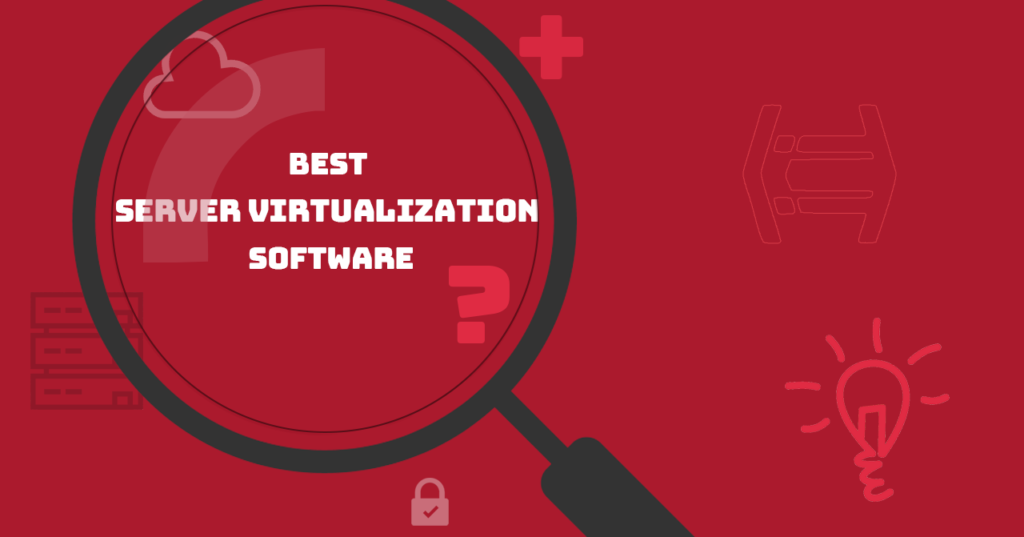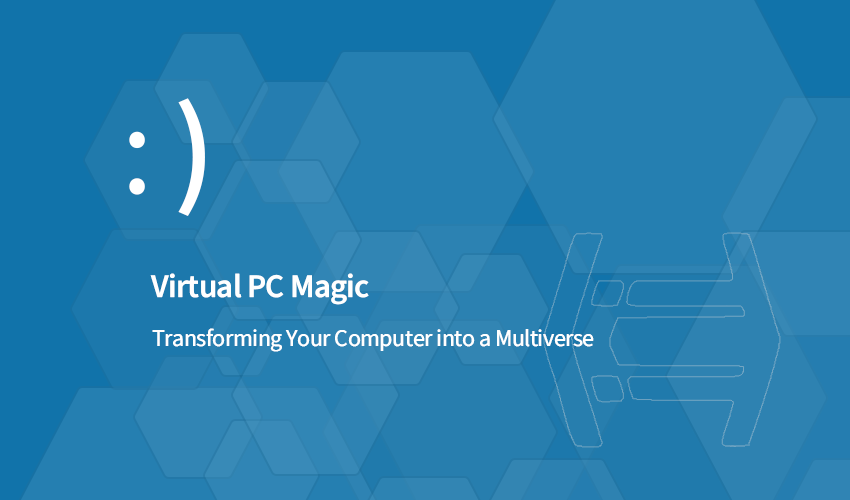At the forefront of modern computing, the virtual servers, commonly known as a VM, signify a paradigm shift in deploying and managing IT resources. Operating as a simulated computing environment within a physical server, it seamlessly executes multiple instances on the same hardware, maximizing resource utilization. Efficient resource utilization is a crucial advantage achieved through harnessing virtualization's power. This approach enables organizations to optimize hardware usage, fostering cost savings, energy efficiency, and a smaller environmental footprint. Beyond resource efficiency, deploying these servers enhances IT infrastructures' agility. This technology facilitates quick virtual machine deployment, simplifying scalability for organizations. Whether adapting to changing workloads, introducing new applications, or testing software configurations, VMs provide unparalleled agility compared to traditional infrastructure. In addition to deployment advantages, virtualization significantly improves resource optimization. Running multiple servers on a single physical server ensures optimal computing resource utilization, enhancing performance and promoting a lean, cost-effective IT ecosystem. Simplified management is a cornerstone of virtual server technology. Administrators efficiently oversee the entire virtualized environment through centralized interfaces and tools. Streamlined tasks such as provisioning, monitoring, and troubleshooting reduce administrative burdens, enhancing overall system reliability and contributing to a more robust IT infrastructure.

Mar 30, 2024
EngineeringThe world of websites can feel vast and intimidating, especially for those taking their first steps. But fear not, aspiring online creators! Shared hosting for beginners is the perfect springboard to launch your dream website.

Sharma bal

Mar 29, 2024
EngineeringToday, remote work is becoming the norm, with many businesses embracing the flexibility and cost benefits it offers. But how do you access your work computer and maintain productivity when you're not physically in the office? This is where Free RDP steps in.

Sharma bal

Mar 27, 2024
EngineeringRemote Desktop Connection (RDC) gives you full control of a machine from anywhere whether you’re managing a Windows VPS in the cloud, fixing an issue, or accessing your office PC from home.

Sharma bal

Mar 19, 2024
EngineeringIn the realm of server virtualization software, making the right choice entails careful consideration of several crucial factors. Before delving into specific platforms, it's essential to grasp the fundamental criteria that underpin an informed decision.

Sharma bal

Mar 17, 2024
EngineeringThe web hosting landscape can be intimidating for beginners, with a plethora of options boasting various features and technical jargon. This guide simplifies your search by focusing on shared hosting, widely recognized as the best shared hosting for beginners. Shared hosting offers an ideal platform to launch your website and nurture it as it blossoms.

Sharma bal

Mar 9, 2024
EngineeringAt its core, Virtual PC serves as a software-based hypervisor, allowing users to abstract hardware resources and create isolated environments, known as VMs, within which operating systems and applications can run independently.

Sharma bal

Mar 7, 2024
EngineeringFree VPS hosting offers a ticket to the digital realm without the hefty price tag. It provides access to virtualized server resources without any upfront costs, making it a game-changer for aspiring entrepreneurs, hobbyists, and learners alike.

Sharma bal

Mar 2, 2024
EngineeringAre you looking to launch a website or web application and wondering which hosting solution is right for you? In the world of web hosting, Windows hosting (WH or Windows VPS) stands out as a compelling option for many businesses and individuals alike.

Sharma bal